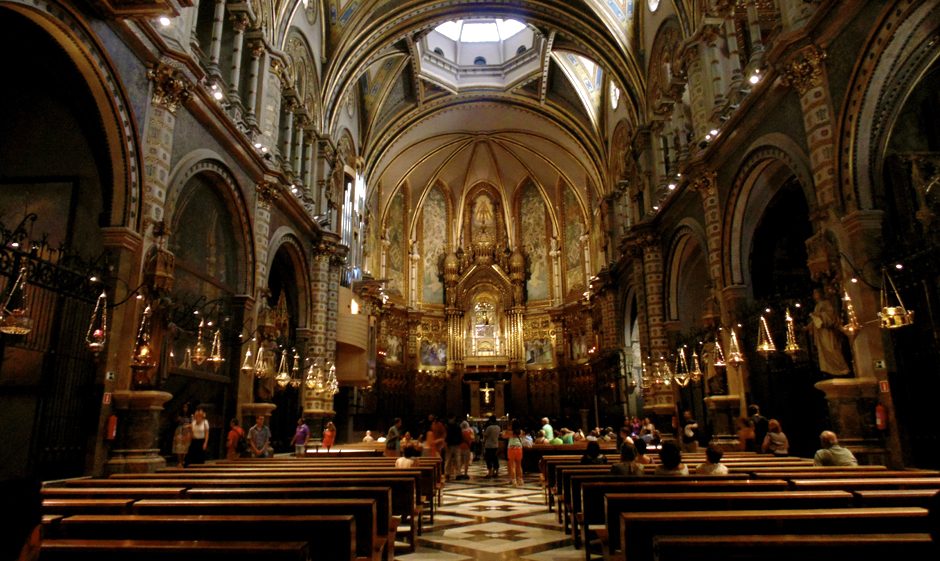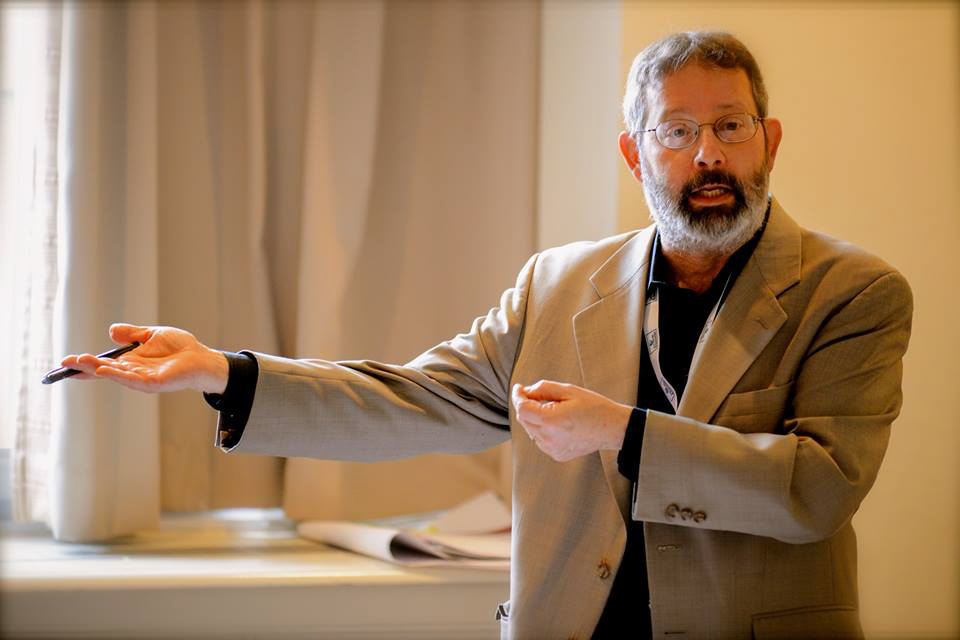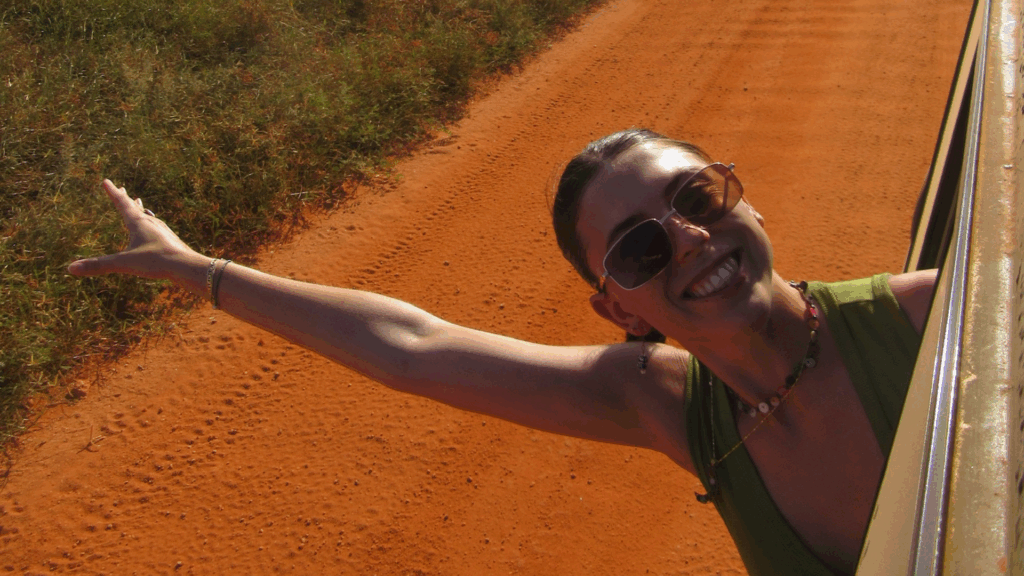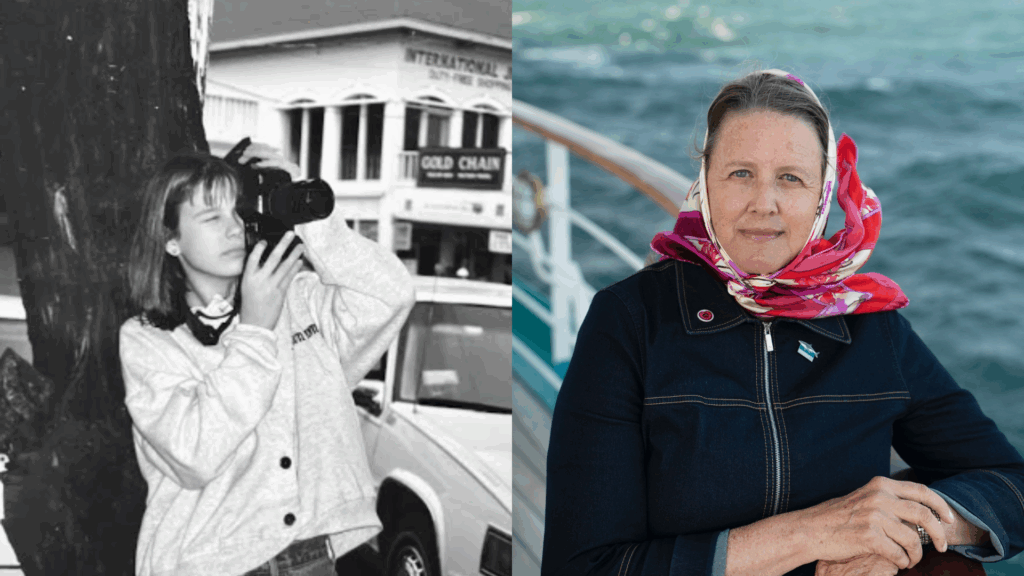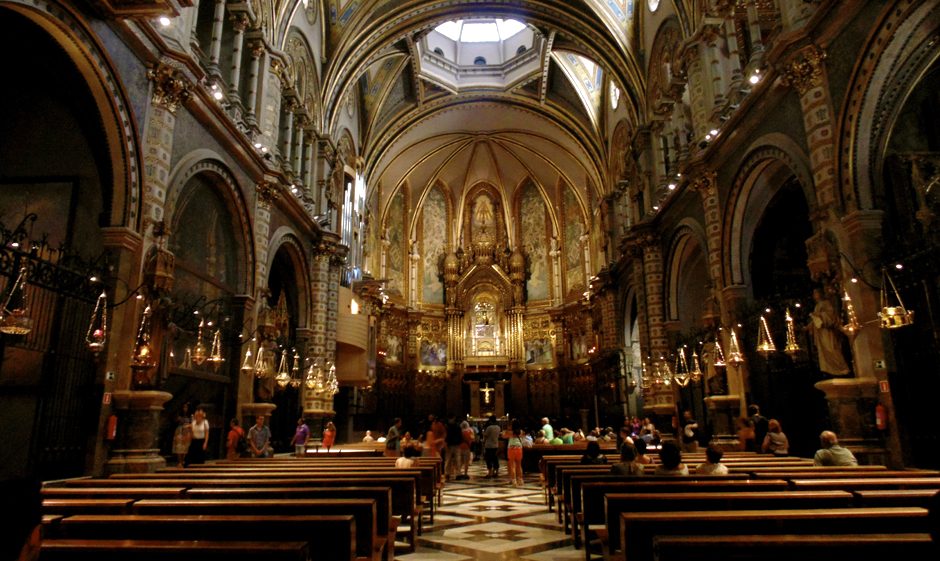
During a recent visit to Barcelona, SAS students enrolled in Professor Elizabeth Barre’s Comparative Religion Class explored Barcelona’s grand Cathedral, toured the majestic Montserrat where they learned more about monastic life within the Christian tradition, and visited one of the most ancient Synagogues of Barcelona.
Objectives of the field lab included:
- Reinforcing an understanding of the history of Christendom in Europe, and the prominence of Spain therein.
- Gaining more information about the basic features of different types of churches and synagogues.
- An introduction to the history of Catholic oppression of Jews during the Renaissance.
- Learning about the history of monastic life within the Christian tradition, and the ways in which it differs from the religious life found in the Cathedrals of major European cities.
Professor Barre, trained as a comparative religious ethicist, teaches at Rice University, where she conducts research at the intersection of moral philosophy and the history of religions, with a special focus on Catholic and Muslim political theology.
The course, an introduction to the comparative study of religion, focuses on the three major Abrahamic traditions of Judaism, Christianity, and Islam. Comparative by design, the course encourages students to understand and appreciate the common lineages of these traditions, as well as their radical differences.
The class also visited the Cathedral of Barcelona, located in the Gothic corner. “The focus there sort of related to what happened in the Montserrat, with the ritual practice of devotional Catholicism, where statues and saints and shrines become an important part of religious practice. We also went to the Jewish quarter in Barcelona and saw the remains of maybe the oldest Synagogue in Barcelona.”
Sarah Gray, an International Affairs major from Sweet Briar College was awestruck by the physical beauty of the georgraphic area explored during the lab.
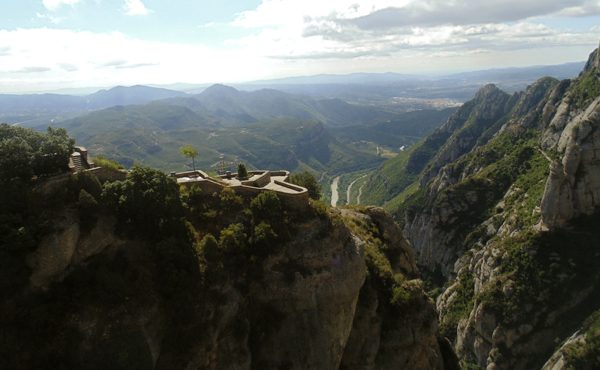
“The Montserrat was absolutely stunning, just beautiful. My favorite part was talking to Father Joseph Benedictine, a Monk, who shared his experiences in becoming a monk and how they lived their lives. It was very interesting. We hadn’t had a lot of time in class to talk about this and to be able learn about this first hand added an extra element to our class which was quite special.”
Alexis Harford, a psychology major, from Central Piedmont Community College also enjoyed the field lab, relating her experience to her chosen major. “My favorite part was seeing all the people wait to touch the Black Madonna. I think because I’m a psych major I was interested in seeing why so many people would wait in line to touch a statue. It was very interesting to me.”
“Our lady of Montserrat in Basilica is affectionately known as “La Moreneta” which means, “little dark lady,” said Professor Barre. “So the legend goes that she was found by shepherds in the cave in the 800’s, and there was an aberration and they brought back their parents, the bishops. Some said the statue was from Jerusalem and was kept there for safe-keeping, but hey can’t move it on the mountain so they built the first church around this,” said Professor Barre. “Students got to see it. I think they found it very moving, in spite of the line being so long that they were unable to touch it.”
